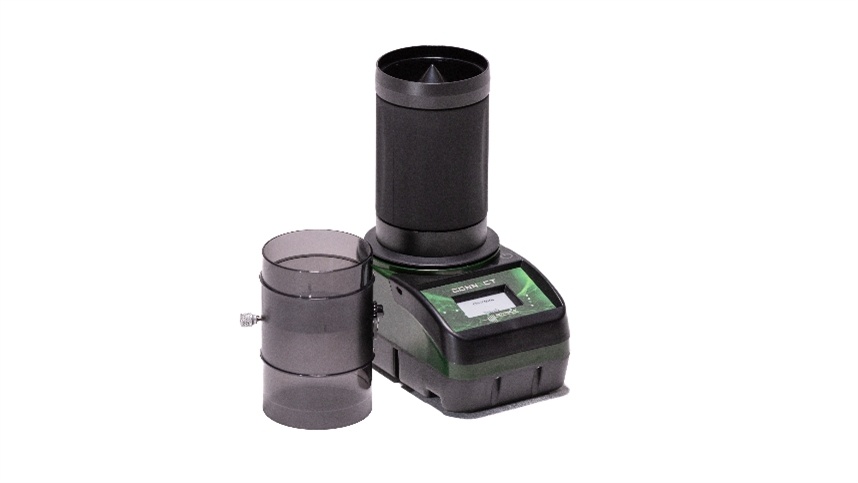1 – Improve Efficiency
Before the invention of the moisture meter, farmers had to thoroughly inspect their grains to determine if they were dry enough or resort to using an oven drying test, which was time-consuming and inconvenient. Both processes took a long time and had a large margin of error because inspections were done entirely visually.
Thanks to the invention of the moisture meter, producers can now know for sure whether the grain is dry enough for use, and this process is done in just a few minutes, saving time. Modern grain moisture testers feature advanced technology, allowing results to be shared via mobile phones to compare batches or even day-to-day results.
2 – Accurate and Reliable Moisture Reading
Another benefit of using a moisture meter is that it provides a much more reliable percentage of the grain’s moisture content than a simple visual inspection. A grain that appears dry on the surface may still contain moisture inside, but the meter accurately detects hidden moisture.
3 – Quality Control
One of the main reasons producers opt to use moisture meters is to ensure their grains meet their own quality standards. Without a moisture meter, there’s no reliable way to ensure that a grain is ready for harvest or has the necessary qualities for higher profits. This allows farmers to have better control over production and the quality of the grains they are planting.
4 – Avoid Waste and Problems
Today’s market demands high productivity, high quality, and low cost from farmers. To achieve this, they need the best tools that will help them be more profitable, such as a moisture meter, which ensures the quality of the crop at all stages of production.
The meter helps verify seed quality since producers don’t want to waste time and money planting seeds that won’t germinate properly. It’s also important because it indicates the correct time to harvest grains and provides an accurate moisture level in the field, allowing farmers to correctly calibrate their harvesters and avoid problems.
5 – Prevent Mold
When storing grains, it is important to control the moisture and ensure proper conditions, as mold thrives in damp, cool environments and should be avoided at all costs. Over time, mold can start growing on or even inside a grain if it’s affected, and it can spread to ruin the entire batch. Using a moisture meter helps control grain storage conditions.
6 – Save Money
High moisture content in grains can negatively affect producers’ profits since buyers will deduct drying and processing costs from the purchase price. By using a moisture meter, and ensuring the buyer doesn’t incur labor costs to achieve the proper grain quality, farmers can obtain a higher estimate of the profitability of their production.
 Paraguai
Paraguai





